When it comes to pampering your pets, why stop at food? Pet-friendly beverages are the latest trend in pet care, offering hydration, nutrition, and a fun way to bond with your furry companions. Whether it’s a hot day, a special occasion, or simply a moment to treat them, pet-safe drinks can add variety to their routine while keeping them healthy and hydrated.
In this article, we’ll explore the benefits of pet-friendly beverages, popular drink options, and tips for ensuring your pets sip safely.
Why Choose Pet-Friendly Beverages?
1. Hydration Made Fun
Water is essential, but pets can get bored of the same routine. Pet-friendly beverages provide an enticing alternative while ensuring your pet stays hydrated.
2. Added Nutritional Benefits
Many pet beverages are fortified with vitamins, minerals, and probiotics that support digestion, immunity, and overall health.
3. Perfect for Picky Drinkers
If your pet resists drinking enough water, flavored or nutrient-enriched drinks can encourage better hydration habits.
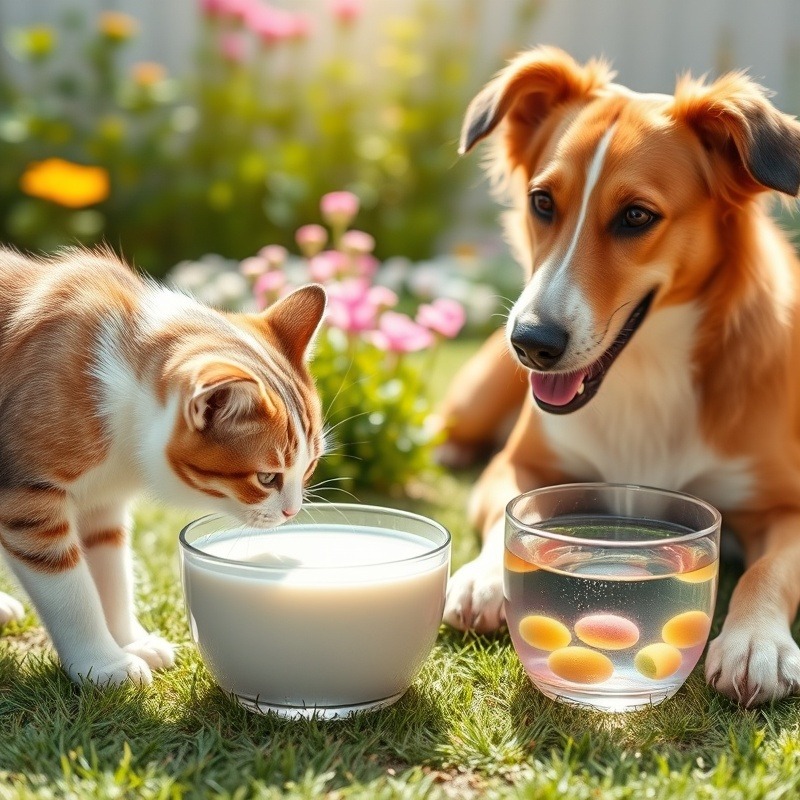
Popular Pet-Friendly Beverage Options
1. Flavored Water for Pets
Enriched with natural flavors like chicken, beef, or fish, flavored waters are designed to entice pets without adding unnecessary calories or harmful ingredients.
Benefits: Hydration, flavor variety, and suitability for pets of all ages.
-
Best For: Dogs and cats who need encouragement to drink more water.
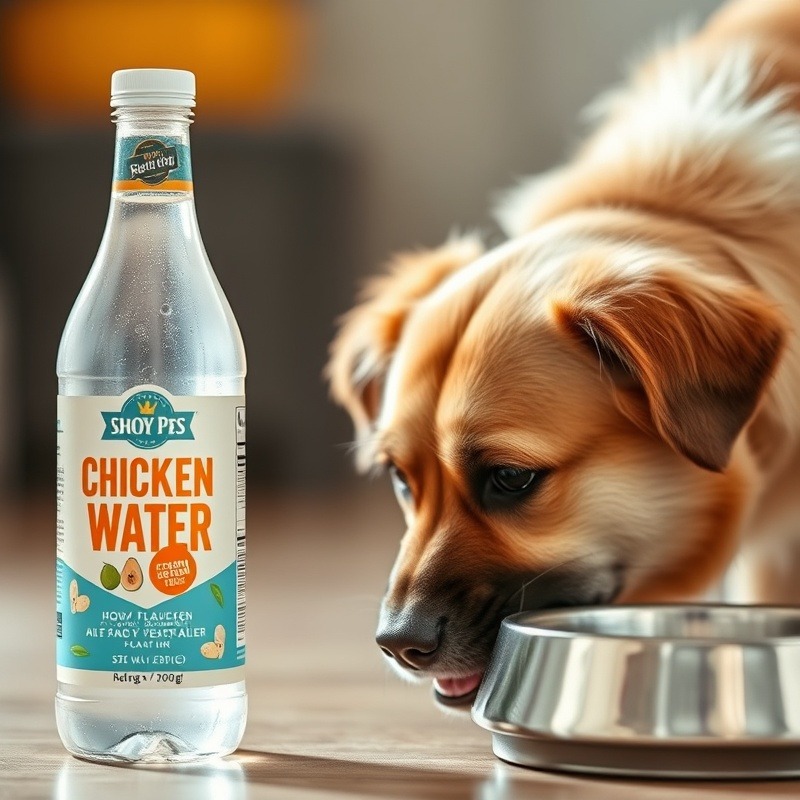
2. Pet-Safe Milk Alternatives
Regular cow’s milk can upset some pets’ stomachs due to lactose intolerance, but pet-safe milk alternatives are formulated to be gentle on their digestive systems.
Common Varieties: Lactose-free milk, goat’s milk, or plant-based options like coconut milk.
Benefits: Easy digestion and a tasty treat.
Best For: Cats and dogs who enjoy creamy textures.
3. Bone Broth for Pets
Bone broth is a nutrient-dense beverage packed with collagen, glucosamine, and minerals that promote joint health and shiny coats.
Benefits: Provides hydration, supports joint health, and aids recovery during illness.
-
Best For: Senior pets, active breeds, or those recovering from illness.
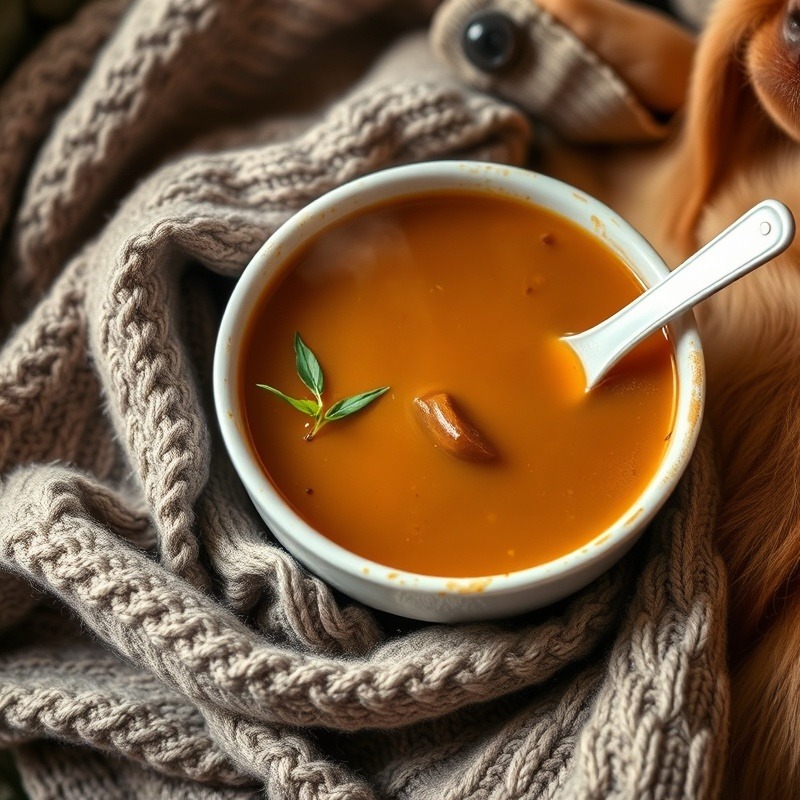
4. Herbal Teas for Pets
Certain herbal teas, like chamomile or peppermint, can calm anxiety and soothe upset stomachs in pets. Always ensure the tea is caffeine-free and safe for animals.
Benefits: Relaxation, digestive support, and natural calming effects.
-
Best For: Nervous or travel-anxious pets.
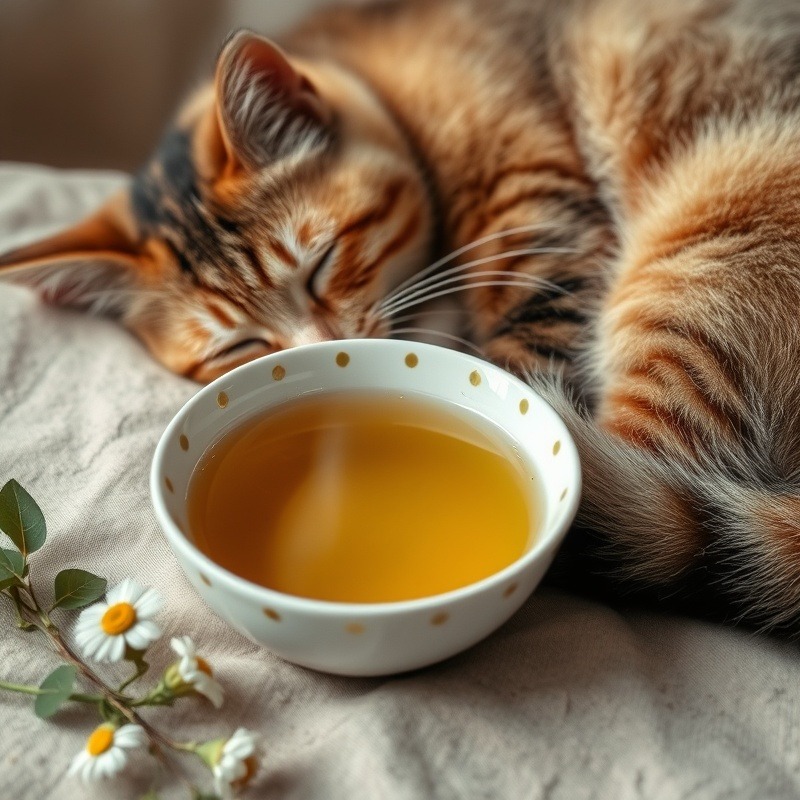
5. Pet-Safe Smoothies
Fresh fruit smoothies made with pet-friendly ingredients like bananas, blueberries, and unsweetened yogurt offer a fun and nutritious treat.
Benefits: Packed with vitamins, antioxidants, and hydration.
-
Best For: A summer treat or post-exercise snack.
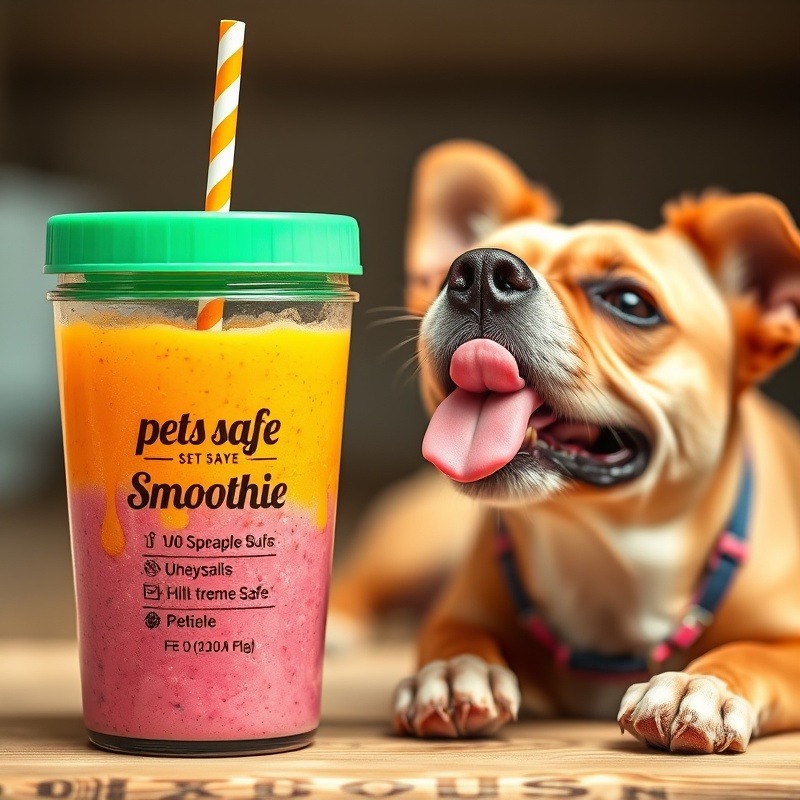
DIY Pet-Friendly Beverage Recipes
1. Frozen Fruit Water
Ingredients: Fresh fruit (e.g., watermelon, blueberries) and water.
Instructions: Freeze fruit pieces in ice cubes and add them to your pet’s water bowl.
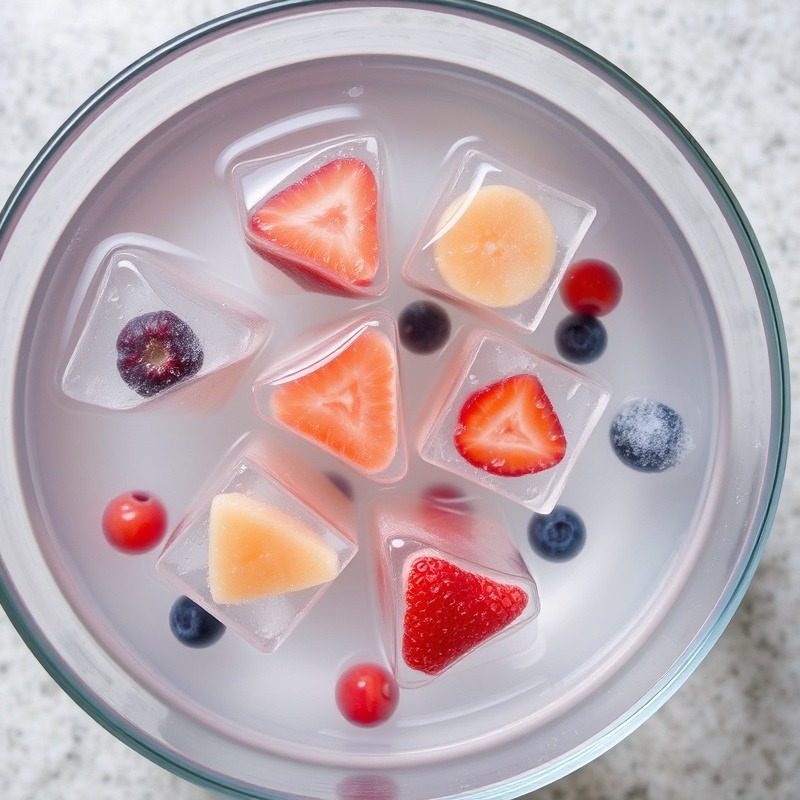
2. Lactose-Free Puppuccino
Ingredients: Lactose-free milk or unsweetened coconut milk, whipped cream (optional).
Instructions: Warm the milk slightly and top with a dollop of pet-safe whipped cream.

3. Refreshing Pet Smoothie
Ingredients: 1 banana, a handful of blueberries, unsweetened yogurt, and a splash of water.
Instructions: Blend all ingredients until smooth and serve in a pet bowl.
Beverages to Avoid
While many drinks are safe and enjoyable for pets, some can be harmful or even toxic.
Caffeine: Coffee, tea, and energy drinks are dangerous for pets.
Alcohol: Even small amounts can be toxic.
Sugary Drinks: Avoid sodas, juices with added sugar, or flavored waters with artificial sweeteners.
-
Dairy Milk: Regular cow’s milk can cause stomach upset in lactose-intolerant pets.

How to Introduce Pet-Friendly Beverages
Start Slow: Introduce new drinks in small quantities to ensure your pet tolerates them well.
Check Ingredients: Always read labels to ensure there are no harmful additives.
Serve Fresh: Discard uneaten beverages after a few hours to avoid spoilage.
Benefits of Pet-Friendly Beverages
Enhanced Hydration: Helps pets drink more water, especially in hot weather.
Special Treats: Adds variety to their diet and creates moments of joy.
Targeted Health Benefits: Provides extra nutrients or supports specific health needs.
Top Pet-Friendly Beverage Brands
Doggie Water: Flavored water for dogs, enriched with vitamins.
Cat-Sip Milk: Lactose-free milk formulated specifically for cats.
Brutus Broth: A leading brand for bone broth made for dogs.
-
Pet Winery: Offers alcohol-free “wines” and “champagnes” for pets.
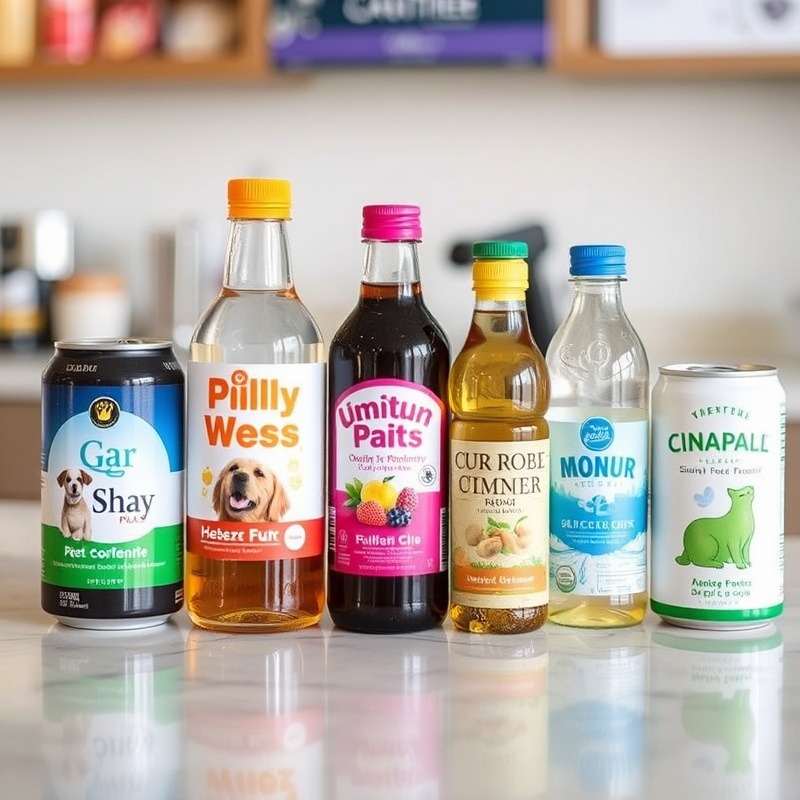
Final Thoughts
Pet-friendly beverages are a fun and healthy way to show your pets extra love. From hydrating flavored water to nutrient-rich bone broth, there’s something for every furry friend to enjoy. By choosing safe, nutritious options, you can elevate your pet’s care routine and share delightful moments together.
So, the next time you’re sipping on your coffee or tea, don’t forget to serve your pet their very own special drink. Cheers to a hydrated and happy life for your beloved companions!
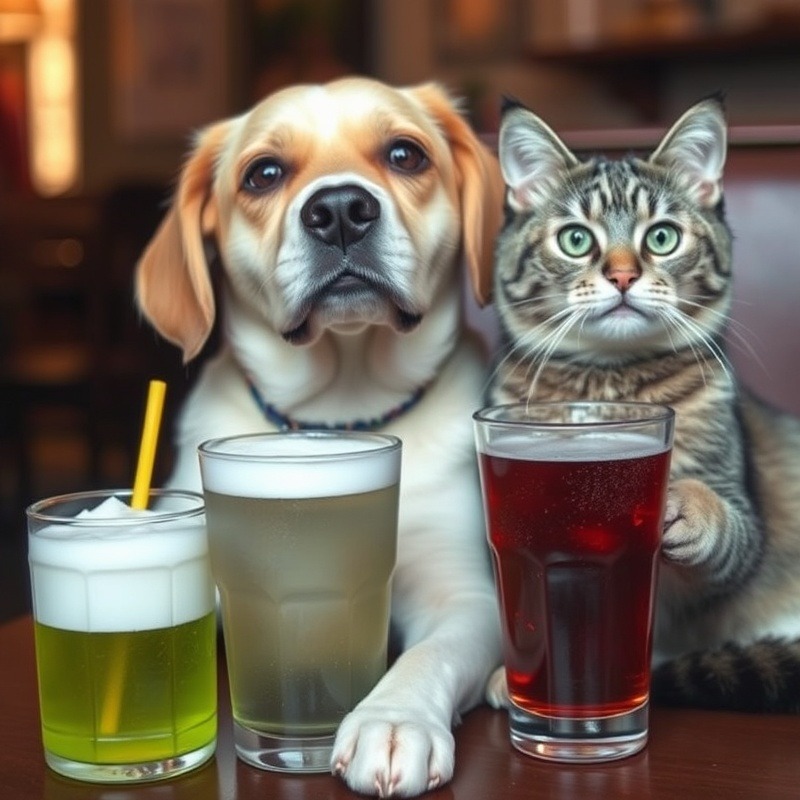
 Add Row
Add Row  Add
Add 










 Add Row
Add Row  Add
Add 

Write A Comment